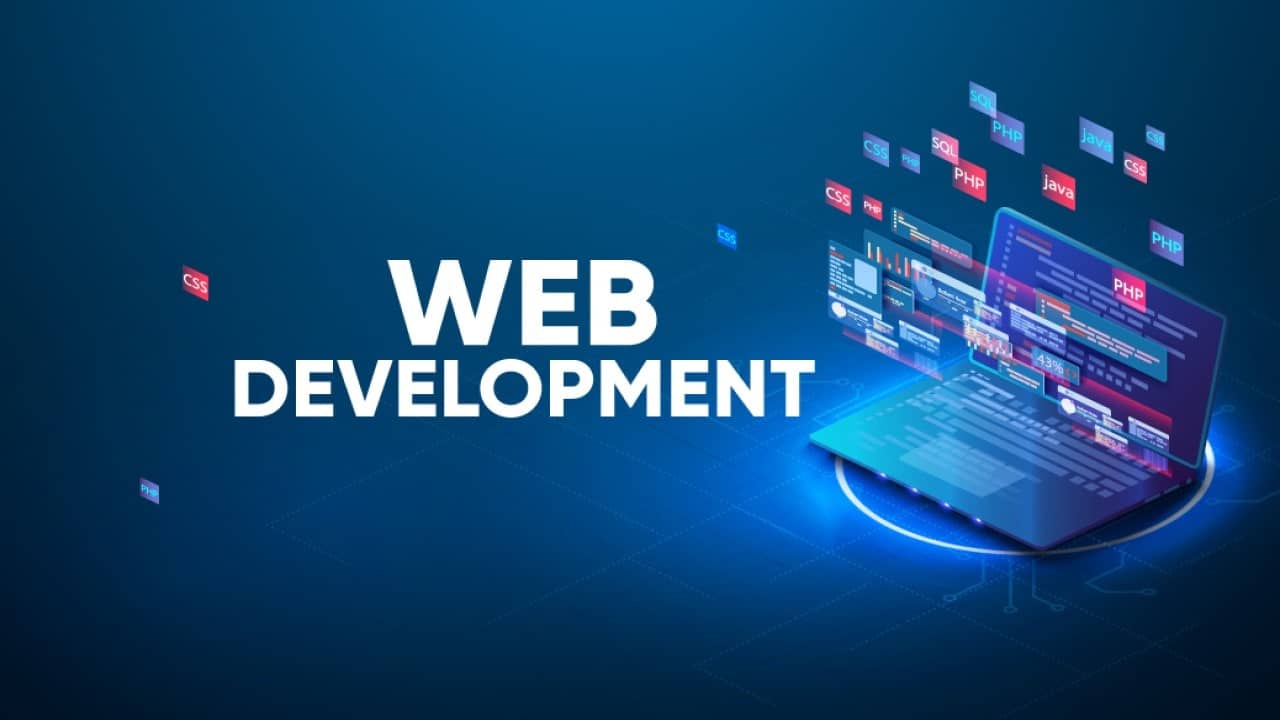In 2025, Website Development Services demand more than just building visually appealing pages. To stay competitive, businesses must focus on speed, accessibility, security, and a seamless user experience. The best practices now require a combination of modern development frameworks, cloud-based deployment, and a user-first design philosophy.
The top priorities include mobile-first design, performance optimization, progressive web applications (PWAs), and strong adherence to accessibility standards (WCAG 2.2). This article outlines the most critical aspects and technical standards you need to understand when choosing or evaluating website development services in 2025.
Core Elements of Website Development in 2025
Website development now involves multi-layered strategies that go far beyond static HTML pages. Successful development must integrate:
Responsive Design: All websites must work flawlessly across devices and screen sizes.
Progressive Web Apps (PWAs): Combine the best of web and mobile apps for performance and offline access.
Security by Default: HTTPS, secure authentication, and compliance with data protection laws are mandatory.
API-first Development: For greater flexibility, faster integrations, and future scalability.
Key Components of Website Development Services
Frontend and Backend Technologies
Modern websites are built using a wide mix of technologies. Below is a table summarizing current options and when each is most suitable.
| Component | Technologies Used in 2025 | Best Use Case | Notes |
| Frontend | React, Vue.js, Svelte, Astro | SPAs, responsive UIs, animations | React dominates with flexibility |
| Backend | Node.js, Python (Django/FastAPI), PHP, Ruby | Data processing, user auth, business logic | FastAPI growing due to speed |
| Database | PostgreSQL, MongoDB, Supabase, Firebase | Dynamic content, CMS, real-time features | PostgreSQL widely adopted |
| Hosting | Vercel, Netlify, AWS Amplify, DigitalOcean | Scalable, fast deployment | Serverless options preferred |
| CMS Options | Strapi, Sanity, WordPress (Headless) | Content-heavy sites | Headless CMS for flexibility |
Performance and Optimization Standards
Performance directly affects user engagement and search engine rankings. Every website developed in 2025 should comply with the following technical standards:
| Optimization Factor | Minimum Benchmark | Recommended Tools | Notes |
| Load Time | ≤ 2 seconds on mobile | Lighthouse, WebPageTest | Aim for consistent sub-2s load |
| Core Web Vitals | LCP < 2.5s, FID < 100ms, CLS < 0.1 | PageSpeed Insights, GTmetrix | Google ranks based on these metrics |
| Image Optimization | AVIF or WebP formats | TinyPNG, Squoosh, Cloudinary | Reduces file size, faster loads |
| Code Splitting | Lazy-load non-critical JS | Webpack, Vite | Improves initial page speed |
| Caching | Edge and browser caching | Cloudflare, Fastly, AWS CloudFront | Reduces server load |
| Accessibility | WCAG 2.2 compliance | axe, WAVE, Lighthouse | Legal and ethical requirement |

Things to Consider Before Making a Decision
Choosing a website development service goes beyond cost and timelines. It requires evaluating how a team handles user experience, scalability, future upgrades, and integration capabilities.
Project Scope: Static website, eCommerce platform, blog, or application? Choose technology and budget accordingly.
Scalability: Can the website grow with your business—handle more users, content, and features?
Ownership of Code: Ensure you retain access and control of code repositories.
Maintenance & Support: Post-launch support is critical. Ask about update cycles, bug fixes, and downtime handling.
Security Protocols: What security measures are included? SSL, firewalls, content security policies?
Bonus Tip: Always ask for a live staging environment before deployment to test functionality in real-time.
Types of Website Development Services
There are various service models to choose from depending on your business goals.
Full-Stack Development
Handles both frontend and backend development.
Ideal for dynamic, complex websites or apps.
Custom Website Development
Built from scratch using frameworks and libraries.
Best for highly tailored user interfaces and features.
CMS-Based Development
Uses platforms like WordPress or Drupal.
Great for blogs, content-heavy sites, or non-technical teams.
Progressive Web App (PWA) Development
Combines mobile and web functionality.
Ideal for high-speed, offline-capable platforms.
Bonus Tip: For businesses with recurring traffic or returning users, PWAs often improve retention and engagement rates by over 40%.
Common Questions About Website Development in 2025
Is mobile-first still the standard?
Yes, it’s not optional anymore. Over 70% of users access the web via mobile devices, and Google indexes mobile-first.
Should I choose a headless CMS?
If flexibility and performance matter, yes. Headless CMS like Strapi or Sanity decouple front and backends, which speeds up development and future changes.
What if I just need a basic website?
You can use lightweight builders or static site generators like Hugo or Eleventy. However, you’ll sacrifice advanced scalability and dynamic features.
Can AI build my website now?
AI tools can assist (e.g., design, layout, code generation), but they still require expert supervision for quality, UX, and security.
FAQ
How long does it take to build a website today?
Anywhere from 2 weeks for a static website to 3–6 months for complex platforms.
Is SEO included in development services?
Only basic SEO is typically included (page titles, meta tags). Full SEO strategy is a separate service.
Do I need ongoing maintenance after launch?
Yes. Security patches, performance updates, and new features require regular updates.
What is the difference between custom and template-based websites?
Custom sites are coded from the ground up and allow full control. Template sites are quicker and cheaper but offer limited flexibility.
Final Thoughts
In 2025, successful Website Development Services demand a combination of technical efficiency, future-proofing, and excellent user experience. Before selecting a provider, evaluate the technology stack, compliance with modern standards like WCAG and Core Web Vitals, and their long-term support structure. Opt for modular, scalable solutions that align with your business goals—not just for today, but for the next five years.
Bonus Tip: Request code documentation as part of the deliverables—it ensures smoother handoffs, easier maintenance, and transparency in how your site was built.
Plant Powered Marekting
Contact: 360-519-5100
 Reviewer:
Reviewer:
James Anderson has 7 years of experience in digital marketing. James reviewed this article and shared practical advice to help small businesses enhance their online presence and attract more customers.









